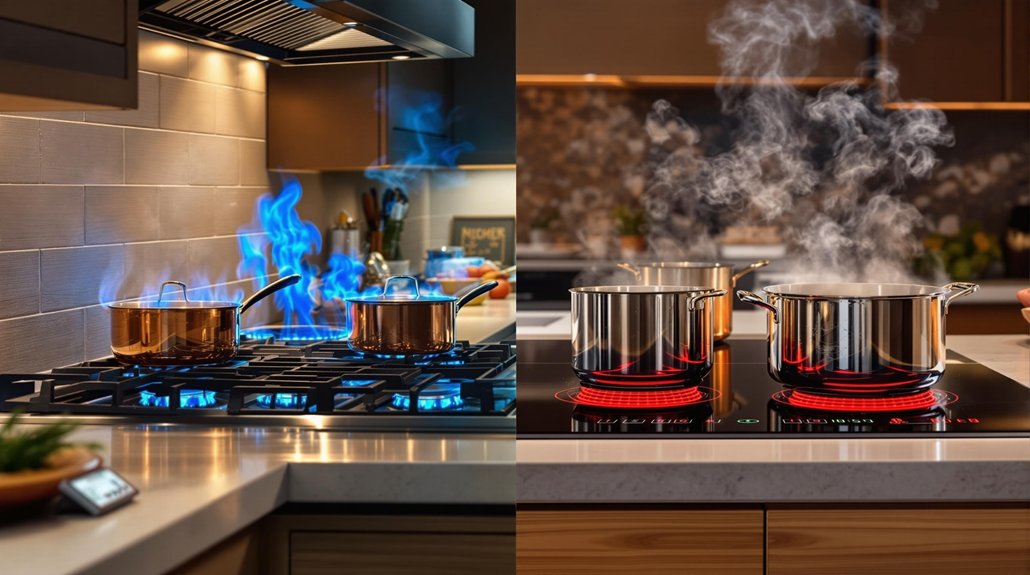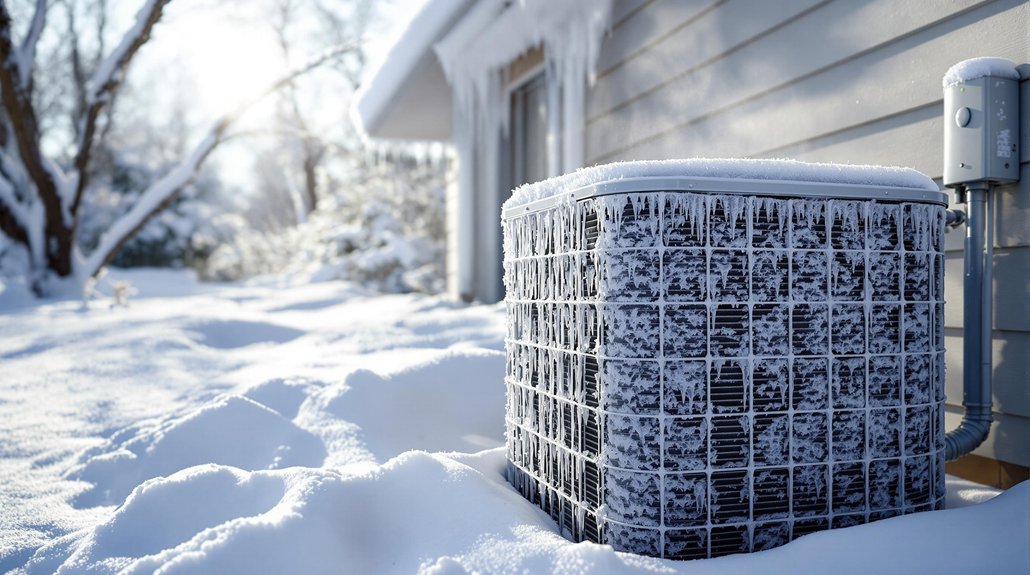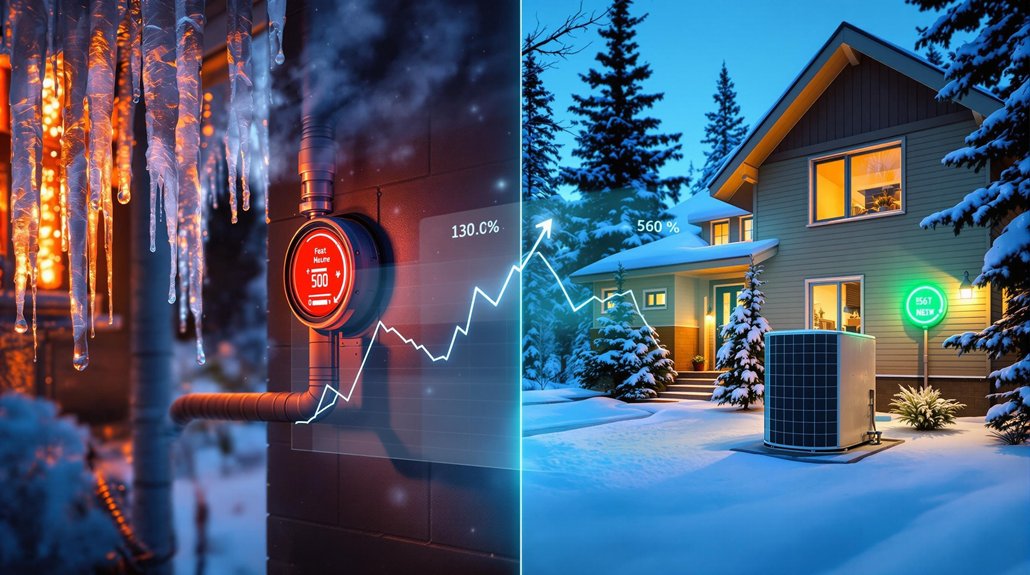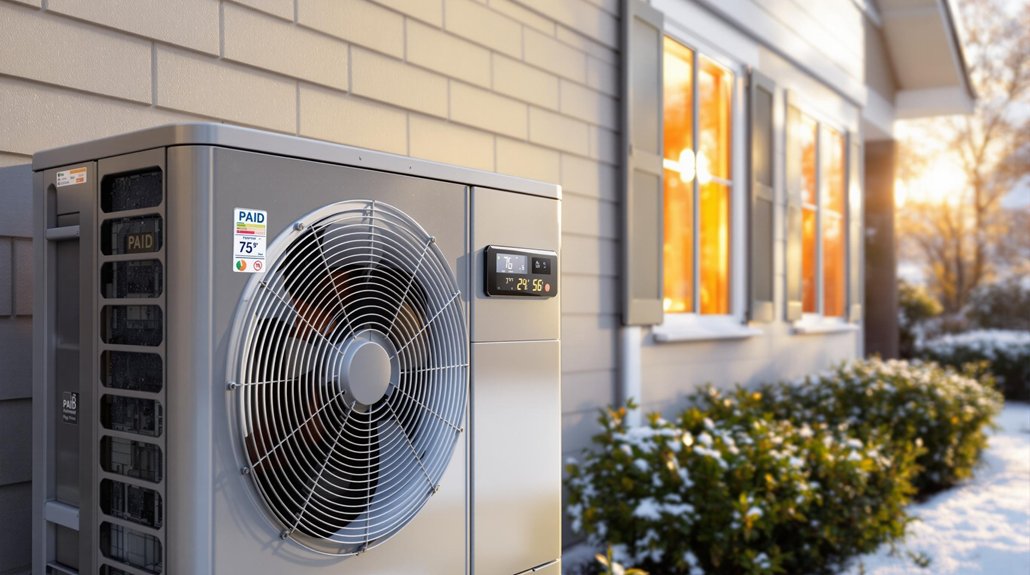Gas appliances typically cost 10-30% less to operate than electric ones due to lower natural gas prices. However, electric models have fewer maintenance needs and longer lifespans. Gas stoves offer instant heat control, while induction cooktops boil water 20% faster. Environmental impact varies based on local electricity sources. Installation requirements differ greatly, with gas needing special lines and electric requiring proper circuits. Climate conditions also influence which type performs better in a home.
When consumers shop for new home appliances, they’re often faced with a critical choice between gas and electric models. This decision affects not only their monthly energy bills but also their home’s environmental impact and cooking experience.
Gas appliances typically cost less to operate day-to-day because natural gas prices are generally lower than electricity rates. A gas stove or furnace transfers heat directly, making it highly efficient. Professional chefs often prefer gas stoves because they provide instant heat control and faster cooking times. Gas stove operation costs 10-30% less than comparable electric models.
Gas appliances deliver cost savings, direct heat transfer, and the precise temperature control that professional kitchens demand.
Electric appliances, however, are catching up in performance. Induction cooktops, which use electromagnetic energy, can boil water 20% faster than gas ranges. They’re also easier to clean since they don’t have grates or burners that collect food debris. While electric models usually have higher upfront costs, they typically require less maintenance over time.
The initial installation costs vary greatly between the two types. Gas appliances often require special gas lines, which can be expensive to install if a home doesn’t already have them. Electric appliances generally have simpler installation requirements but may need upgraded electrical circuits.
Environmental concerns play an important role in this decision too. Gas appliances produce combustion byproducts like carbon monoxide and nitrogen dioxide, which can affect indoor air quality. Electric appliances don’t produce these emissions in the home, but their environmental impact depends on how the electricity is generated. Safety concerns are paramount with gas appliances, which require proper ventilation and carbon monoxide detectors to prevent dangerous gas leaks.
Durability is another factor to take into account. Electric appliances typically last longer because they have fewer mechanical parts and don’t rely on combustion processes that can wear out components. Gas dryers, however, dry clothes faster than electric models and often at a lower operating cost.
Climate considerations matter too. In moderate climates, electric heat pumps provide efficient heating and cooling in one system. In colder regions, gas heating systems often perform better during extreme weather. Electric appliances powered by renewables may face reliability challenges during periods of limited sun or wind generation.
The best choice ultimately depends on local energy prices, climate conditions, and individual household needs. Both options continue to improve in efficiency and performance as technology advances.









